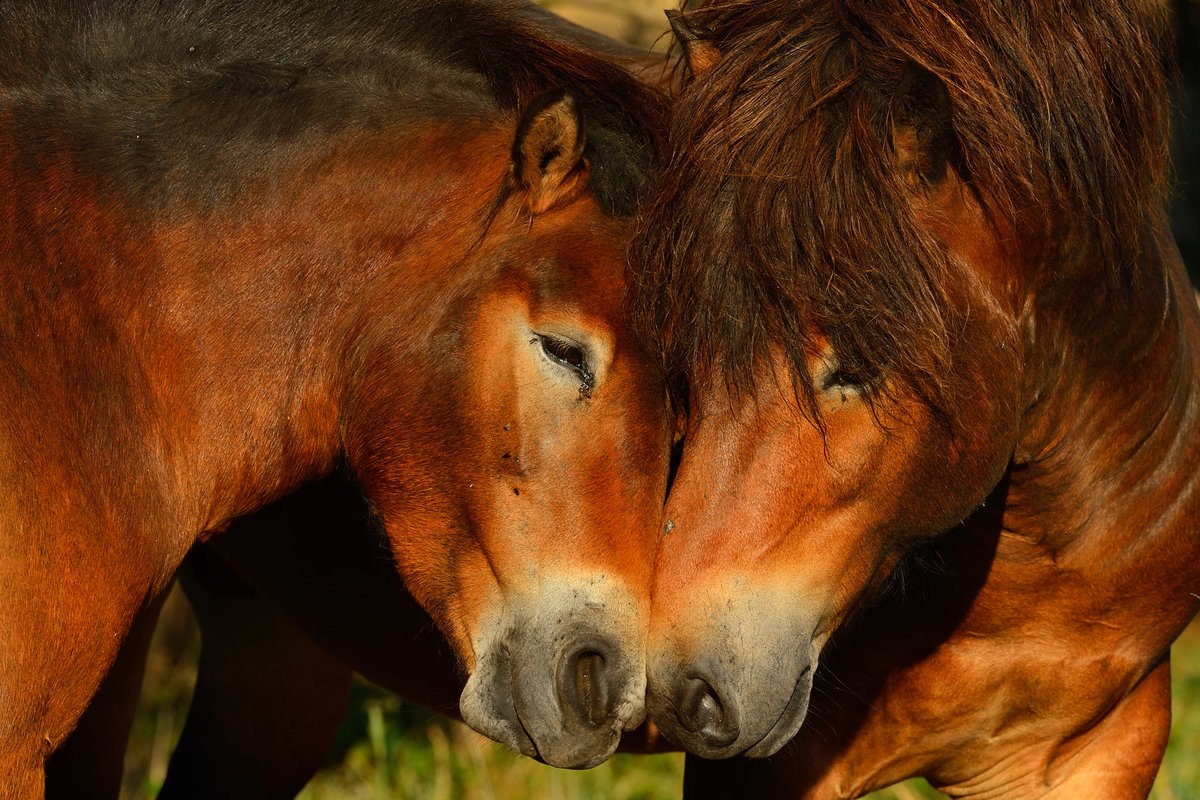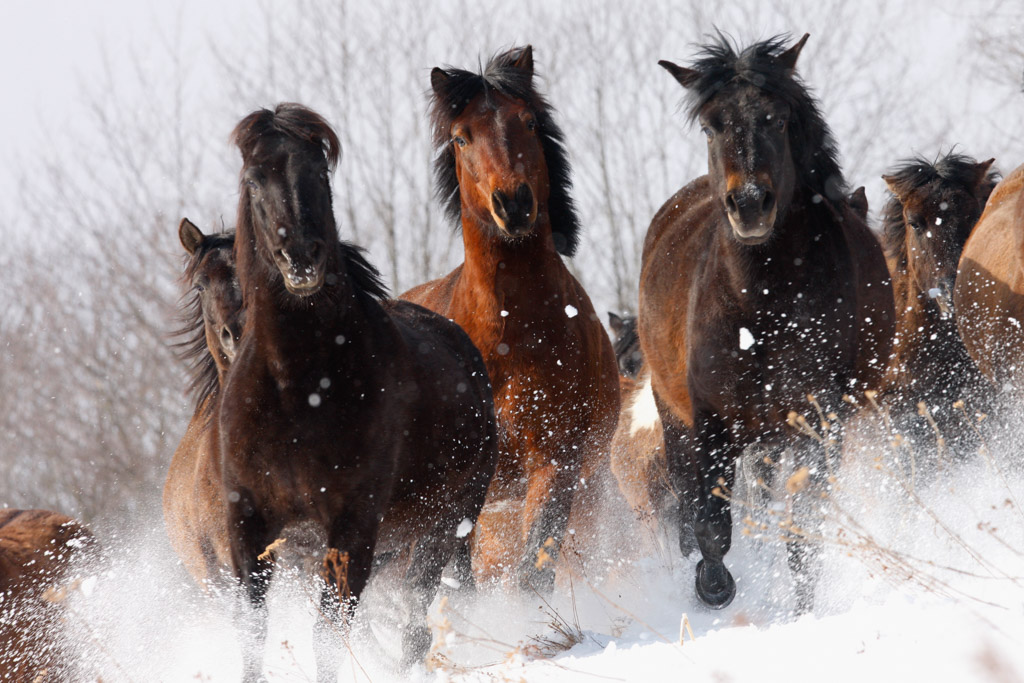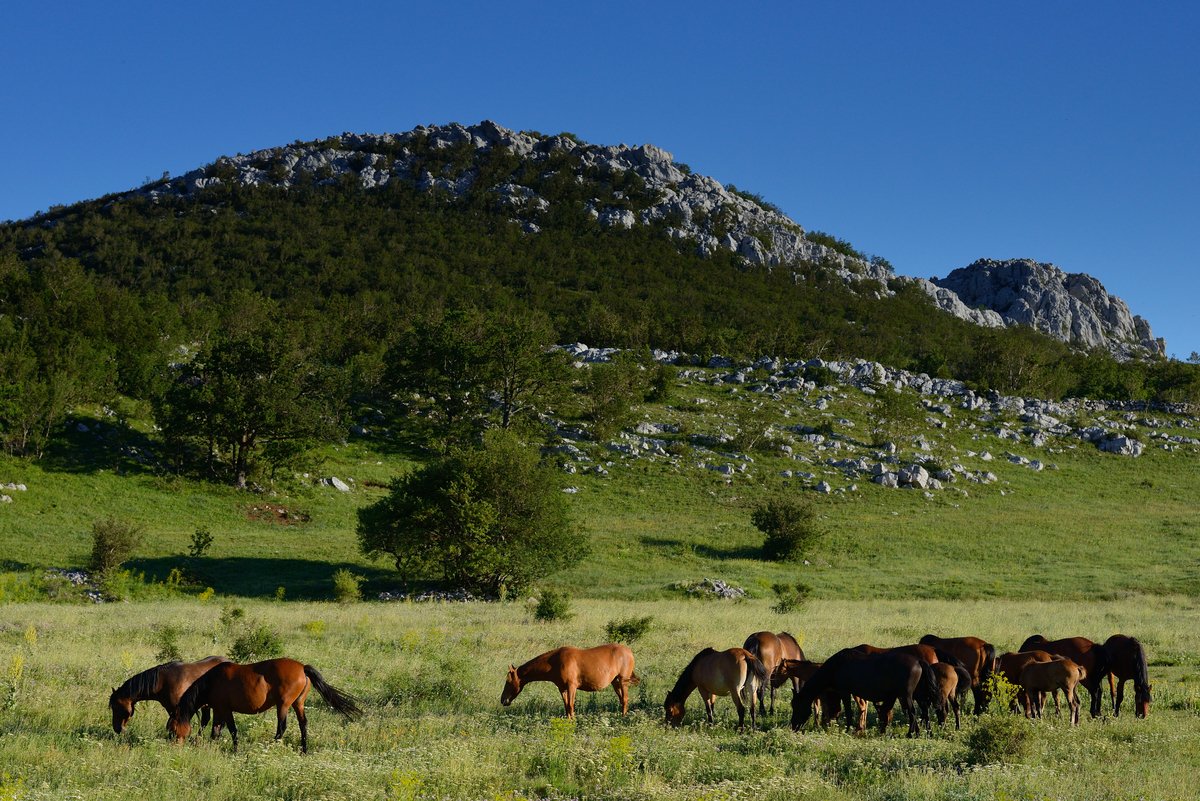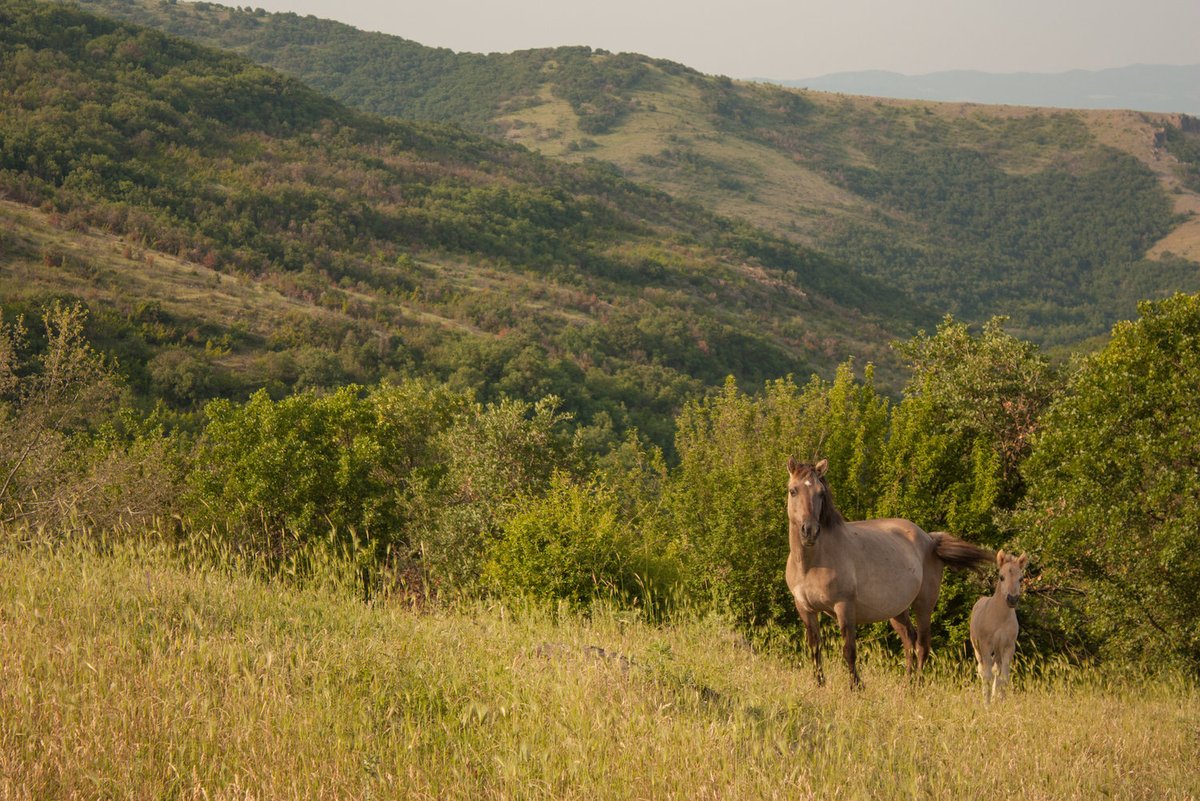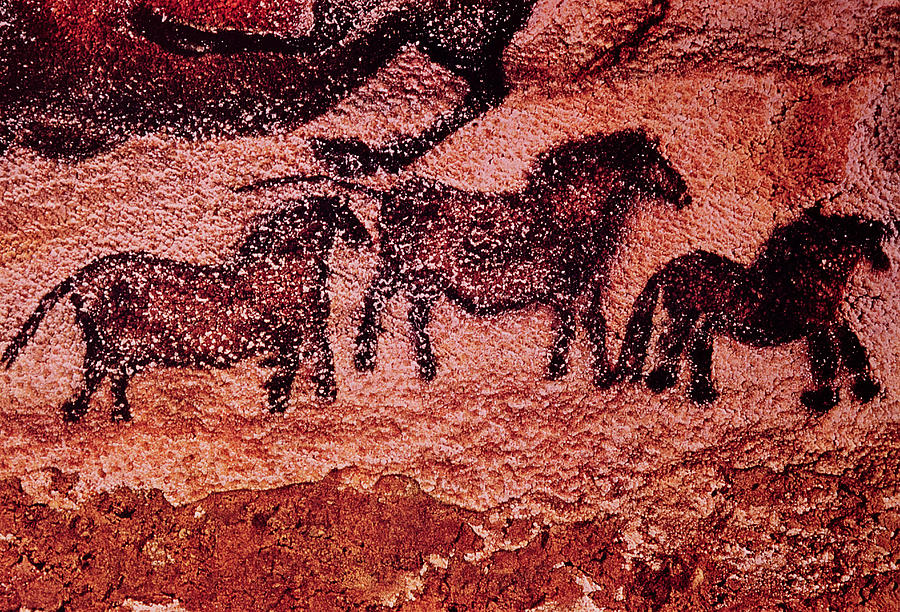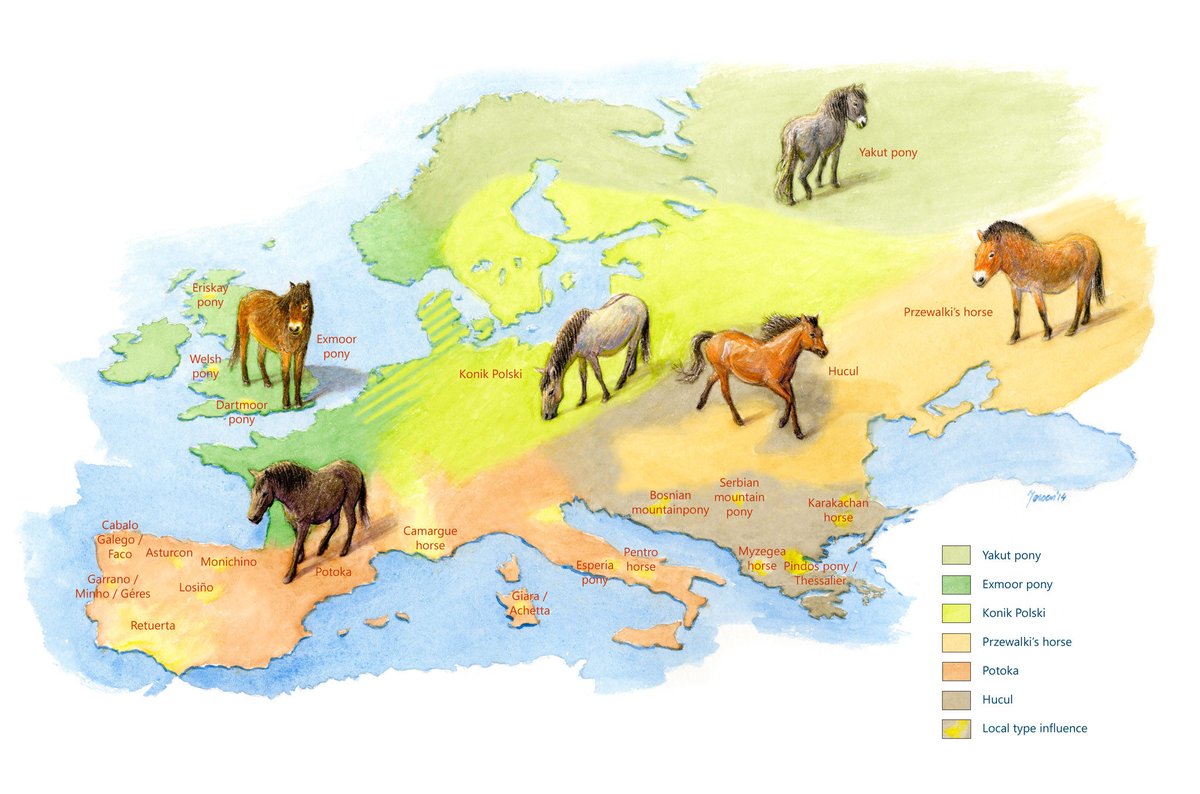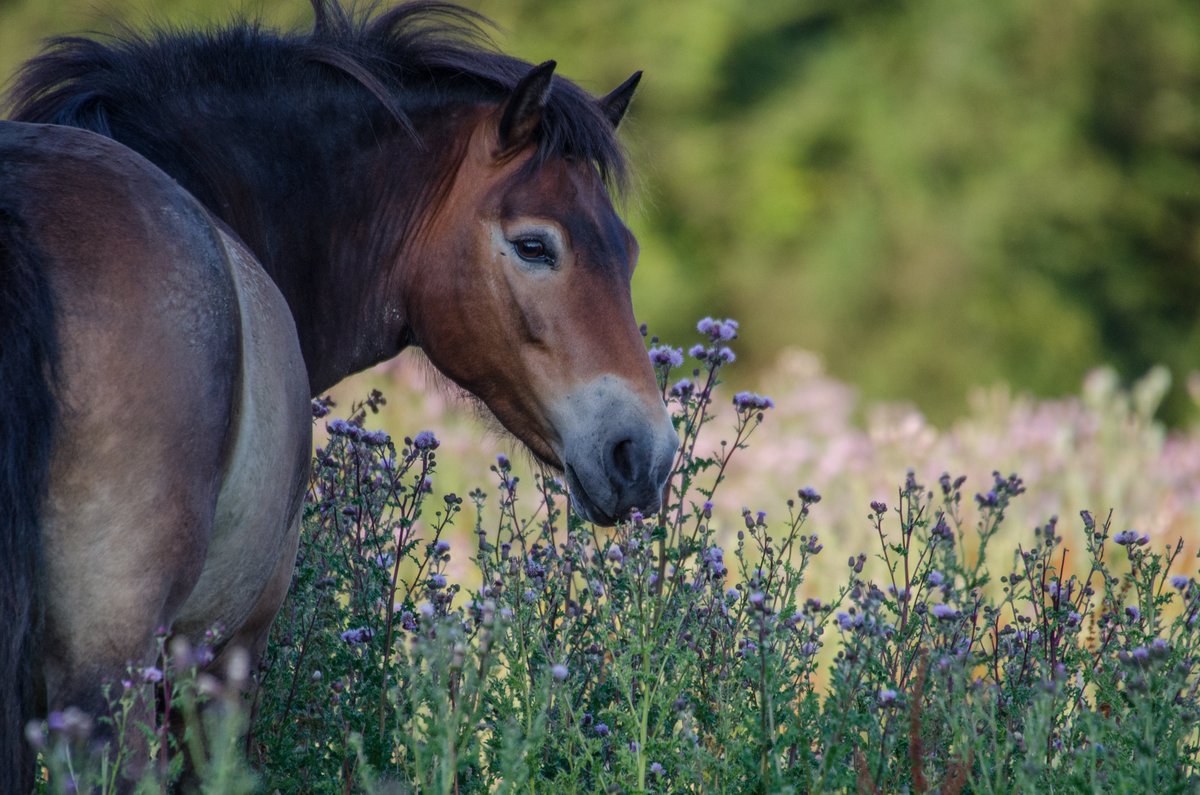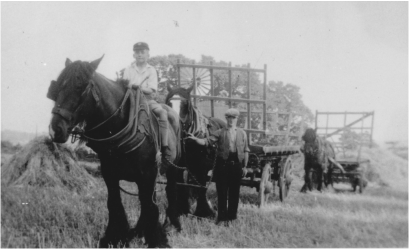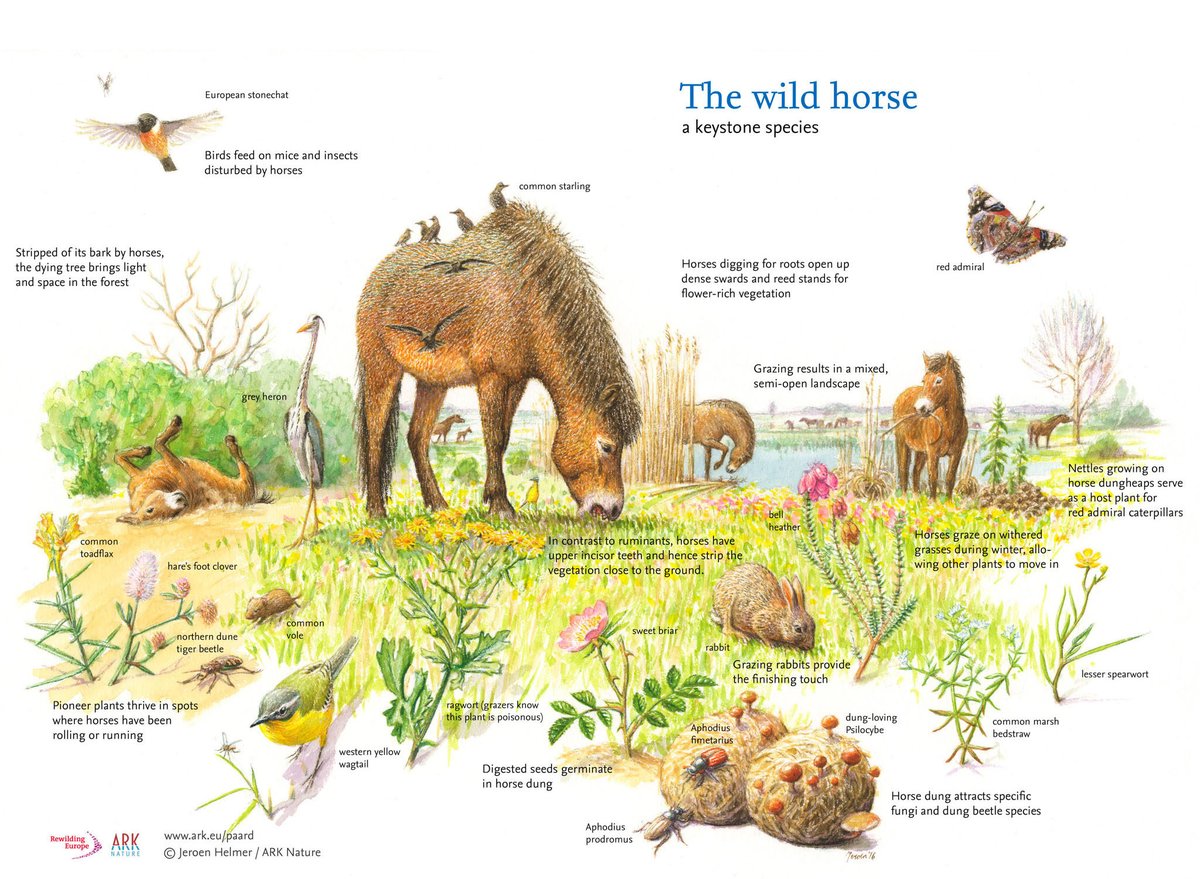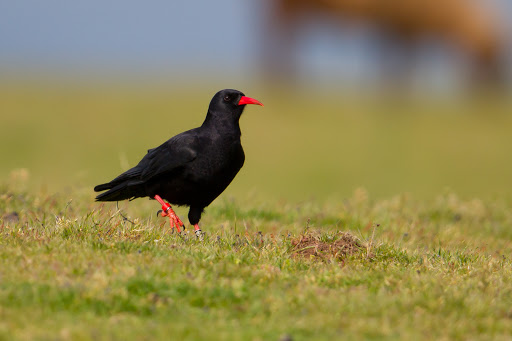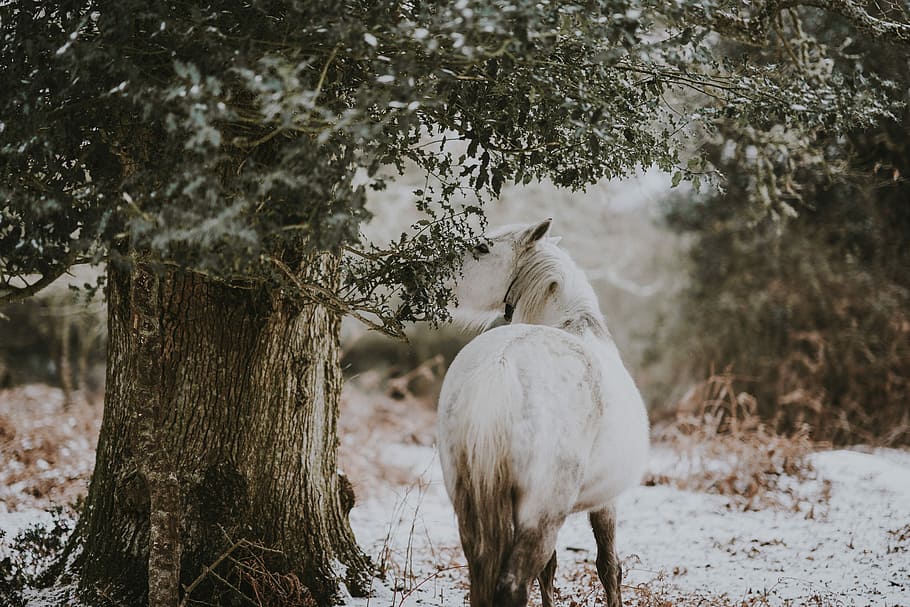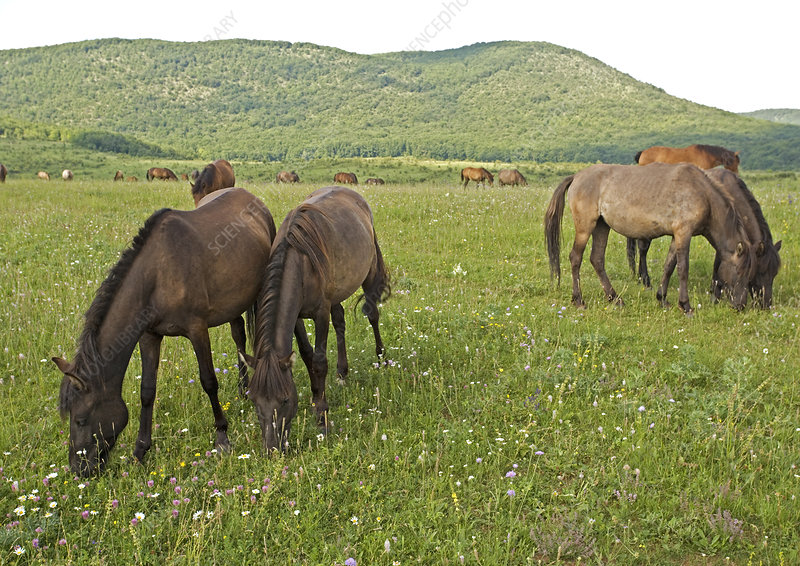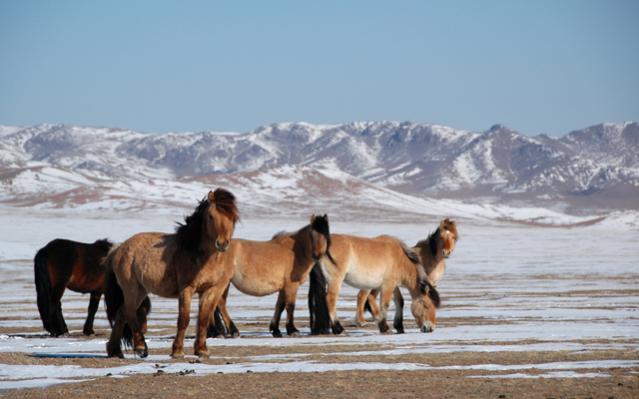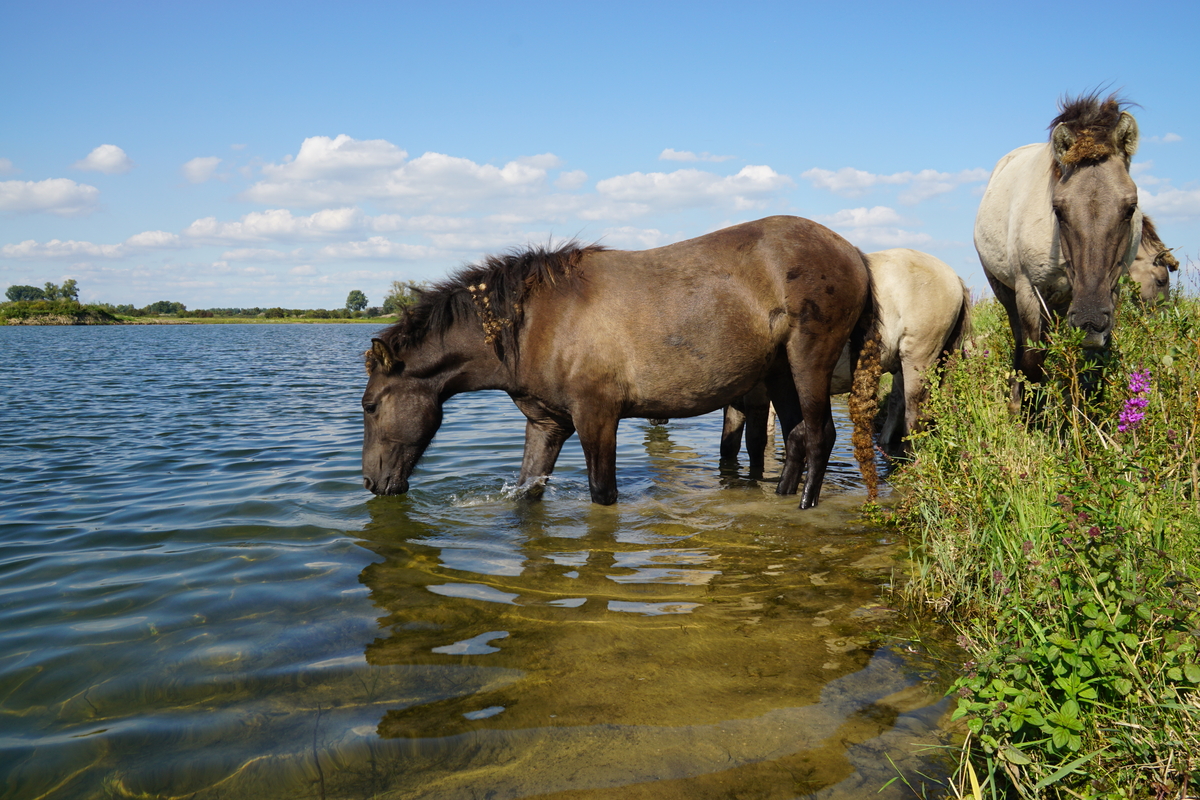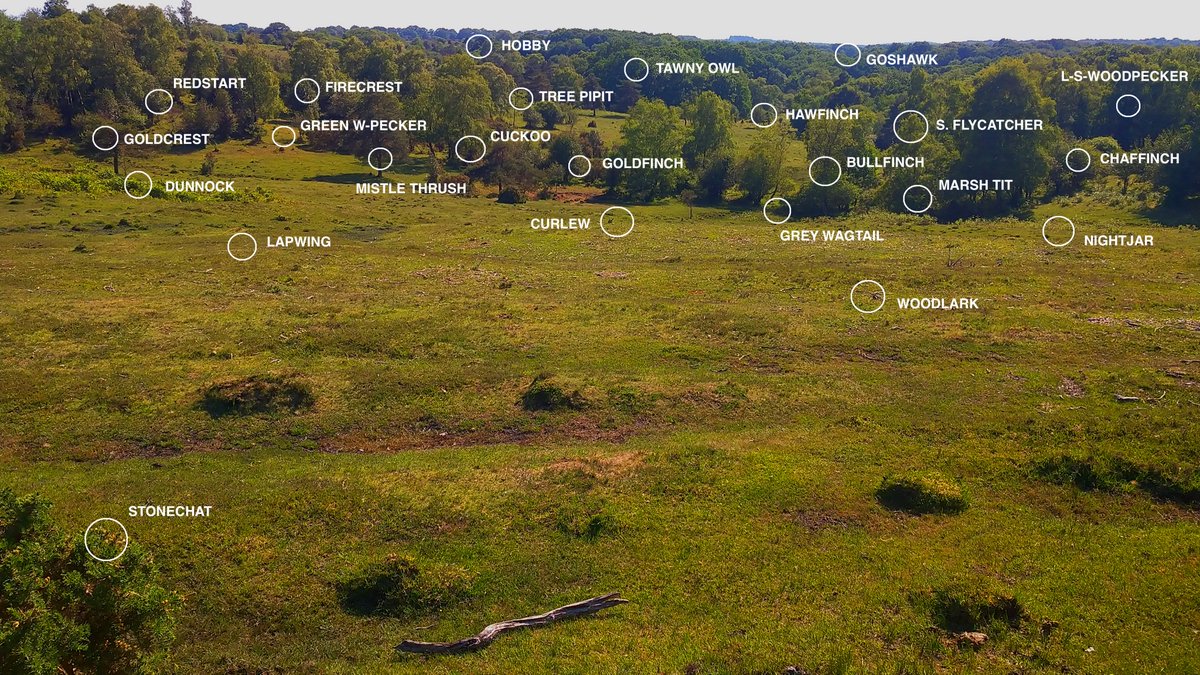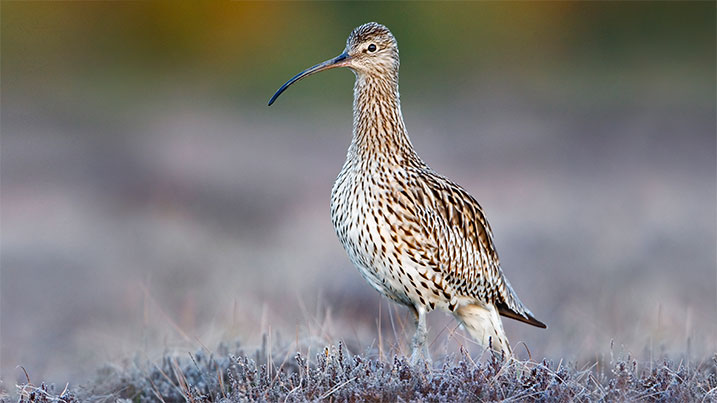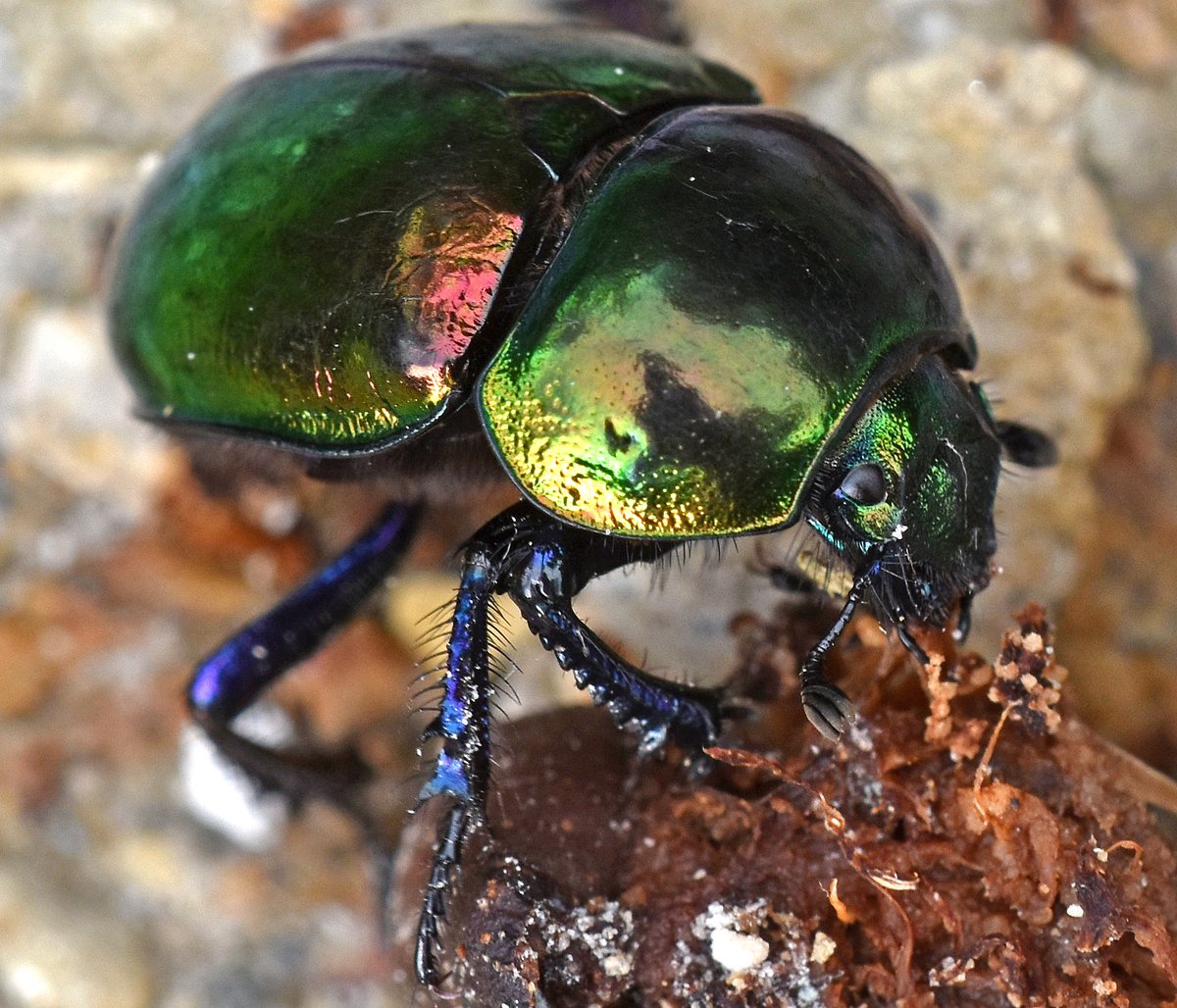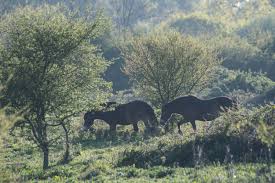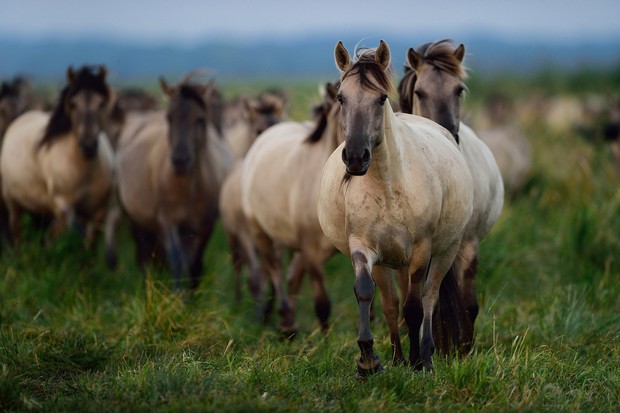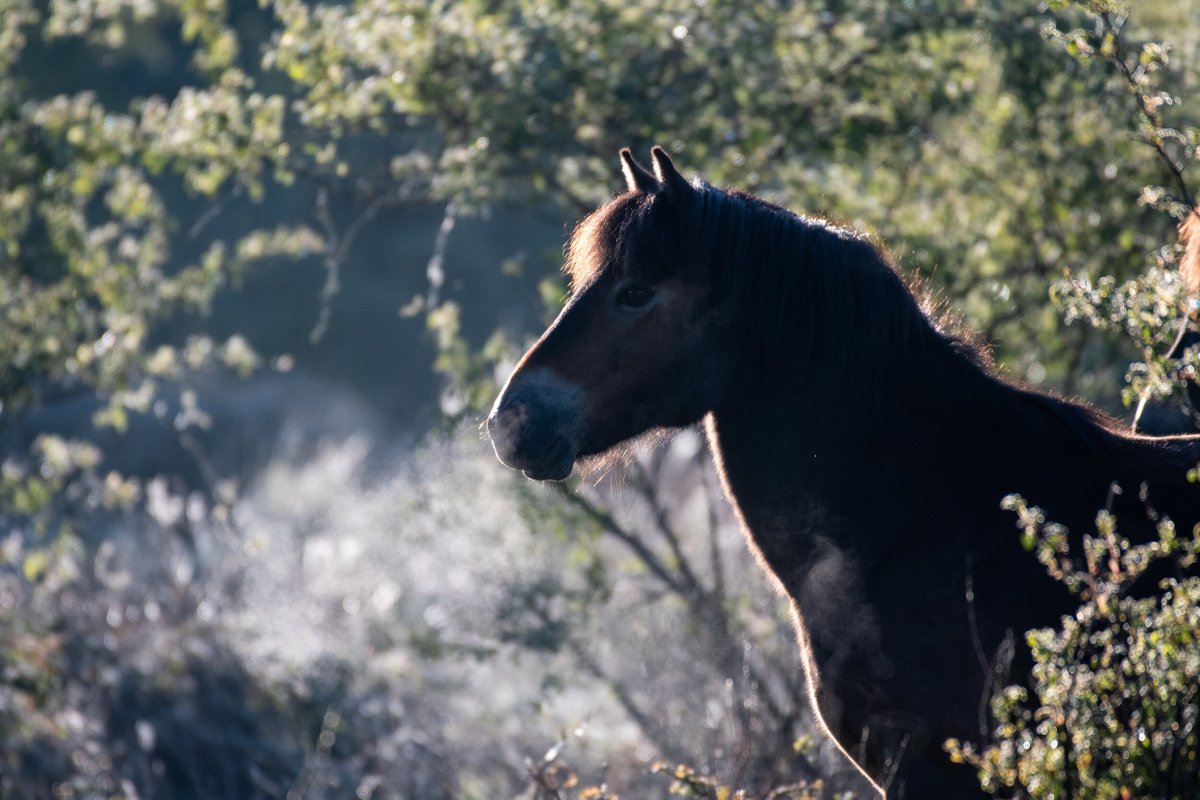1. This is a thread about WILDER HORSES. Amongst the most loved & respected of animals, horses have vanished from much of our countryside, first as wild animals and then as free-roaming proxies. Lapsed into a state of wild Horselessness, this is why we need these Guardians back.
2. Originally, many of Britain’s open or semi-open habitats were graced by, and shaped by, wild horses. Whilst the ‘Tarpan’ subspecies is now extinct, the species, Equs ferus, lived on in the Przewalski’s Horse or Takhi (‘Spirit Horse’). But the horse’s history is more complex.
3. In recent years, many have revised entirely the concept of just one ‘Tarpan’ super-species. It is indeed more likely that horses, like Africa’s zebra today, once held many subspecies or forms; each adapted to a different ecotype or region. Evolution is fluid & continuous.
4. Creatures of extraordinary ecological breadth, horses can, given a chance, thrive not only in the harshest of coastal or montane environments, but at the forest edge, in bogs and wetlands. Pliny, for example, describes large, wild montane harems in the Alps, in the Roman era.
5. As early as 400,000 years ago, though, we know horses were hunted by our ancestors using specialized spears. Easier prey than dangerous bison or aurochs, their numbers were diminished early in our history. Yet, in many ways, the wild horse would endure; going 'underground'.
6. Whilst we can never see our ecological past with total clarity, we know that ancient, semi-wild breeds have endured across Europe. From the Carpathian Hucul to the Konik or our Exmoors, the free spirit of the wild horse, its geneology & ecosystem function - endures yet.
7. Today, the word ‘pony’ conjures images of cuteness, domesticity & being ridden – yet the horses were never consulted in the word's application. Genealogically, in Britain, the Exmoor pony is the most similar to ancient wild horses, having changed little in 50,000+ years.
8. In more recent times, indeed until the early 20th century, our countryside was filled with horses as they powered transport and industry. In Victorian Britain, our island was home to 3.3 million horses. Their beetle-rich dung fed a world of farmland shrikes now forgotten.
9. As horses have vanished both from wilder lands and farmlands, we have lost one of the most important ecosystem engineers of all. Horses can shape a range of open habitats to maximal advantage and their effect upon wildlife is utterly profound. Here are just a few.
10.Having spent eight weeks beside the 'Takhi' in Mongolia, their cropping of ‘horse lawns’, & fertilization of the same with beetle-filled dung, creates optimal conditions for ground feeders. Choughs & wheatears follow in their hoof-steps, as they would once have done here.
11. Free-roaming horses help maintain diverse grasslands & scrub-grassland mosaics by ripping out many ‘tough’ elements. In moorland-type habitats they remove dead grass, reducing any need for burning. They ‘manage’ scrub; tackling the harshest & spikiest of plants and trees.
12. Horses act as one of the greatest facilitators of European nature; freeing up finer grasses, flowers & new grazing opportunities to take place in their wake. No other species carries out, so well, this vital ecosystem role (below the butterfly grasslands of the Aggtelek).
13. Able to survive conditions so harsh, few others can endure – foraging even under dense snow-drift, it is likely that wild horses were once the prime ecological mover and shaker of Britain’s montane areas and exposed hills; the original gamekeeper of our harshest places.
14.Horses are powerful floodplain engineers; creating lawns within reeds; gentling nibbling scrub, increasing ground invertebrate abundance & providing for a range of adjacent wet grassland types. From lapwings to yellow wagtails, there are many forgotten Horse-birds in the UK.
15.The New Forest’s edges are a powerful reminder of the benefits of woodland-edge horses. Here, its ponies vector wild fruit trees across the landscape, and help maintain habitats for woodlark, nightjar, stonechat, lapwing in configurations rarely achieved through other means.
16.Particularly important, when it comes to the preservation of curlew, is a sustained, seasonal supply of ground-dwelling invertebrates. Dung beetles plug a vital spring gap for curlews. Horses provide – & also create complex grasslands where curlews can both feed and nest.
17.These days, sadly, many horses that are free to roam are fed on worming chemicals. Sterilizing our very animals, avermectins & other drugs inhibit the formation of dung beetle communities & indeed much life in the soil. Poo without Profit is always a poor ecosystem outcome.
18. Yet we are slowly beginning to see a resurgence in wilder horses. Not only can you watch harems of New Forest ponies shaping the land, but @kneppcastle’s Exmoors running wild; even re-establishing ‘horse runs’ (ancestral horse pathways) & harems as they do in Mongolia.
19.If we are now serious about letting nature shape larger, wilder, better areas for nature, then the horse – already respected and loved – is one of the most powerful ecosystem tools at our disposal; an ancient custodian of our once diverse, jumbled, open landscapes.

 Read on Twitter
Read on Twitter